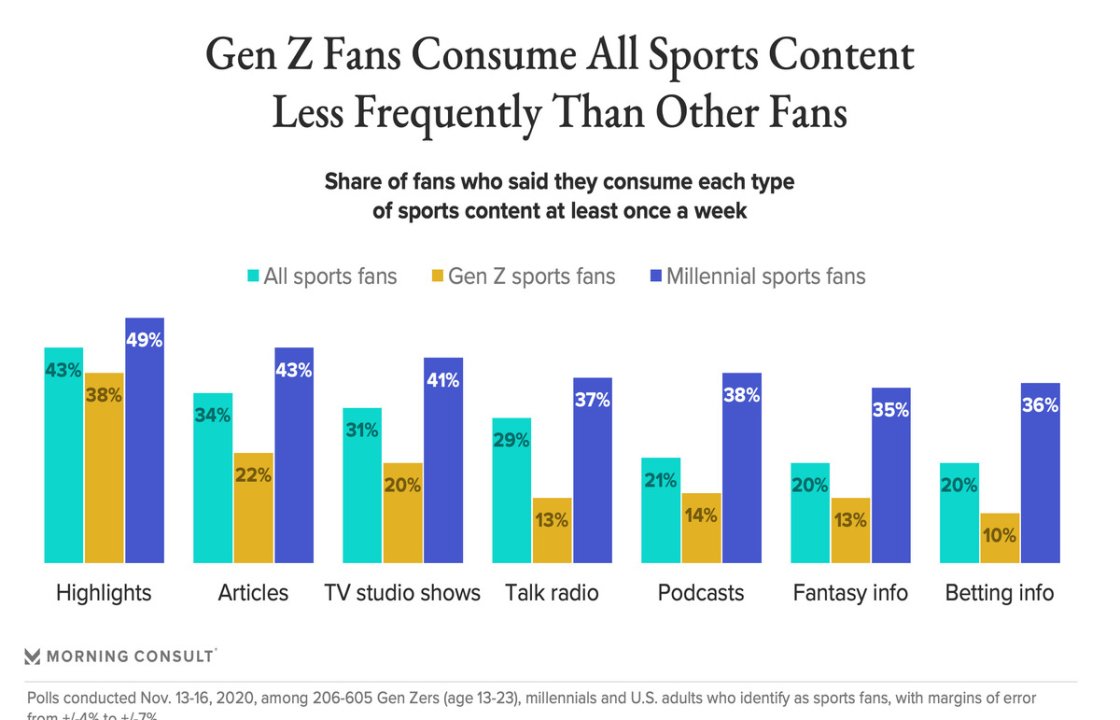Soccer in the United States is no longer a developing sport—it’s an economic powerhouse attracting billions in brand investment and reshaping the future of the beautiful game.
The Billion-Dollar Game
Once seen as an underdog in the American sports market, soccer is now on a meteoric rise. What was once a niche sport supported by passionate immigrant communities and youth leagues has evolved into a major commercial opportunity, with global and domestic brands racing to capitalize on its growing popularity. According to industry projections, brand investment in U.S. soccer is set to hit a staggering $4.6 billion by 2030. This isn’t just a big number—it’s a signal of transformation, showing that the sport is no longer chasing relevance; it's owning it.
This shift isn’t accidental. It’s the result of strategic expansion, demographic evolution, and the rise of digital engagement that has made soccer a dominant force among younger audiences. As brands look for authentic ways to connect with consumers, soccer offers culture, diversity, and narrative richness unmatched by many other sports in the U.S.
Why Brands Are Betting Big
The core driver behind the investment boom is soccer’s audience growth, especially among younger, more globally connected fans. Soccer has become the sport of choice for Millennials and Gen Z, who value inclusivity, international flair, and digital content that extends beyond the match. These fans aren’t just watching—they’re engaging, sharing, streaming, and buying.
Another crucial factor is the increasing quality and visibility of domestic leagues. Major League Soccer (MLS) has experienced rapid expansion, both in terms of teams and infrastructure. With the arrival of global stars like Lionel Messi, and the rise of homegrown talent, MLS is no longer just a retirement league—it’s a platform for competitive, exciting soccer. The upcoming 2026 FIFA World Cup, co-hosted by the U.S., Canada, and Mexico, is only amplifying the buzz and encouraging brands to lock in early partnerships ahead of what is expected to be a transformative moment for the sport in North America.

A New Playing Field for Sponsorships
Sponsorships in soccer now extend far beyond logos on jerseys. Brands are seeking immersive, story-driven engagements with fans. From TikTok and Instagram campaigns to branded training gear and behind-the-scenes content, companies are getting creative in how they embed their identity into the soccer experience. This level of integration reflects how soccer has become not just a sport but a lifestyle.
Notable companies such as Apple, Adidas, Coca-Cola, and Target are spearheading long-term investments into leagues, teams, stadiums, and media deals. Apple’s streaming partnership with MLS, for instance, represents a landmark deal that not only provides access to global audiences but also transforms how fans consume soccer content in the U.S. These investments are changing the game—literally and figuratively—by boosting viewership, accessibility, and fan engagement.
Youth Academies and Grassroots Fuel the Engine
The future of soccer doesn’t just live in stadiums or on TV screens. It thrives on the training grounds of youth academies and grassroots programs where talent is developed, dreams are born, and community is forged. Investment in soccer is increasingly trickling down to the grassroots level, with brands supporting clinics, youth leagues, and academies that align with their values.
This strategy is both philanthropic and practical. By nurturing soccer talent and infrastructure at the youth level, brands contribute to the sport’s long-term health while building authentic relationships with players and fans from an early age. The U.S. Soccer Federation and organizations like MLS NEXT are collaborating with corporate sponsors to create sustainable pipelines of talent. This not only benefits the national team but also enhances the quality of domestic leagues.
The International Appeal of U.S. Soccer
One of the most compelling aspects of soccer’s rise in the U.S. is its international resonance. The multicultural makeup of American society aligns perfectly with the global nature of soccer. Fans can support their local MLS team and still stay deeply connected to La Liga, the Premier League, or Liga MX. This dual passion makes the U.S. soccer landscape incredibly attractive to brands looking to tap into both domestic and global markets.
International clubs and investors are also taking notice. Clubs like Manchester City and Bayern Munich have expanded their presence in the U.S. through academies, partnerships, and summer tours. At the same time, American investors have taken stakes in top-tier European clubs, further intertwining the U.S. soccer economy with the global football ecosystem.

Tech, Data, and the Digital Game
Digital transformation has played a massive role in U.S. soccer’s brand evolution. From wearable tech and performance analytics to AI-driven scouting tools, the game is becoming smarter and more strategic. Brands are eager to invest in this innovation, knowing that tech-savvy consumers appreciate modern tools that enhance performance, storytelling, and fan interaction.
Social media has also leveled the playing field. Soccer players and clubs now serve as content creators, influencers, and media channels in their own right. TikTok challenges, live Q&A sessions, and documentary-style YouTube series give fans unprecedented access. This direct line to the audience is invaluable for brands looking to connect on an emotional level.
What This Means for the Future
With the soccer economy booming, the next five years will be about sustainability, scalability, and smart storytelling. It’s no longer enough for a brand to simply “sponsor” a team; it must demonstrate value, vision, and alignment with the cultural heartbeat of the sport. This cultural sensitivity is essential in a sport that thrives on identity, emotion, and global narratives.
Expect to see continued growth in women’s soccer, college soccer investment, and innovative fan experiences, including AR/VR integrations and gamification. The U.S. is not just catching up to the global soccer economy—it’s becoming a central pillar of it.
Connecting the Growth to SIA Academy’s Mission
At SIA Academy, we recognize and embrace this wave of soccer investment. Our training programs are built to align with the evolving demands of the modern game. The increasing emphasis on data, technology, and global exposure is reflected in how we structure our development pipeline. From individualized performance analysis to media training and international showcases, our players are prepared not just to compete, but to thrive in a soccer landscape driven by professionalism and innovation.
With major brands backing the sport and infrastructure improving at every level, young athletes today have more opportunities than ever. At SIA Academy, we make it our mission to bridge the gap between talent and opportunity, ensuring that our players are not only part of this growing ecosystem but are equipped to lead it into the future.






